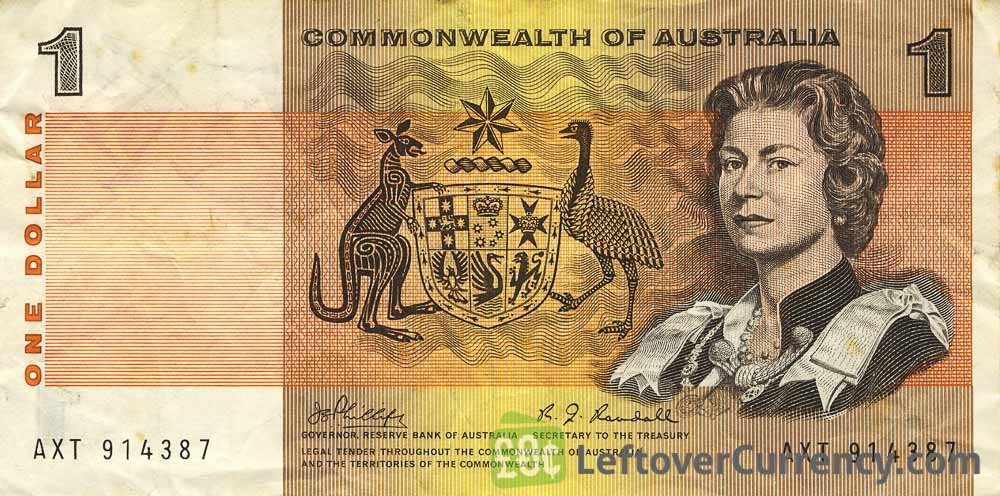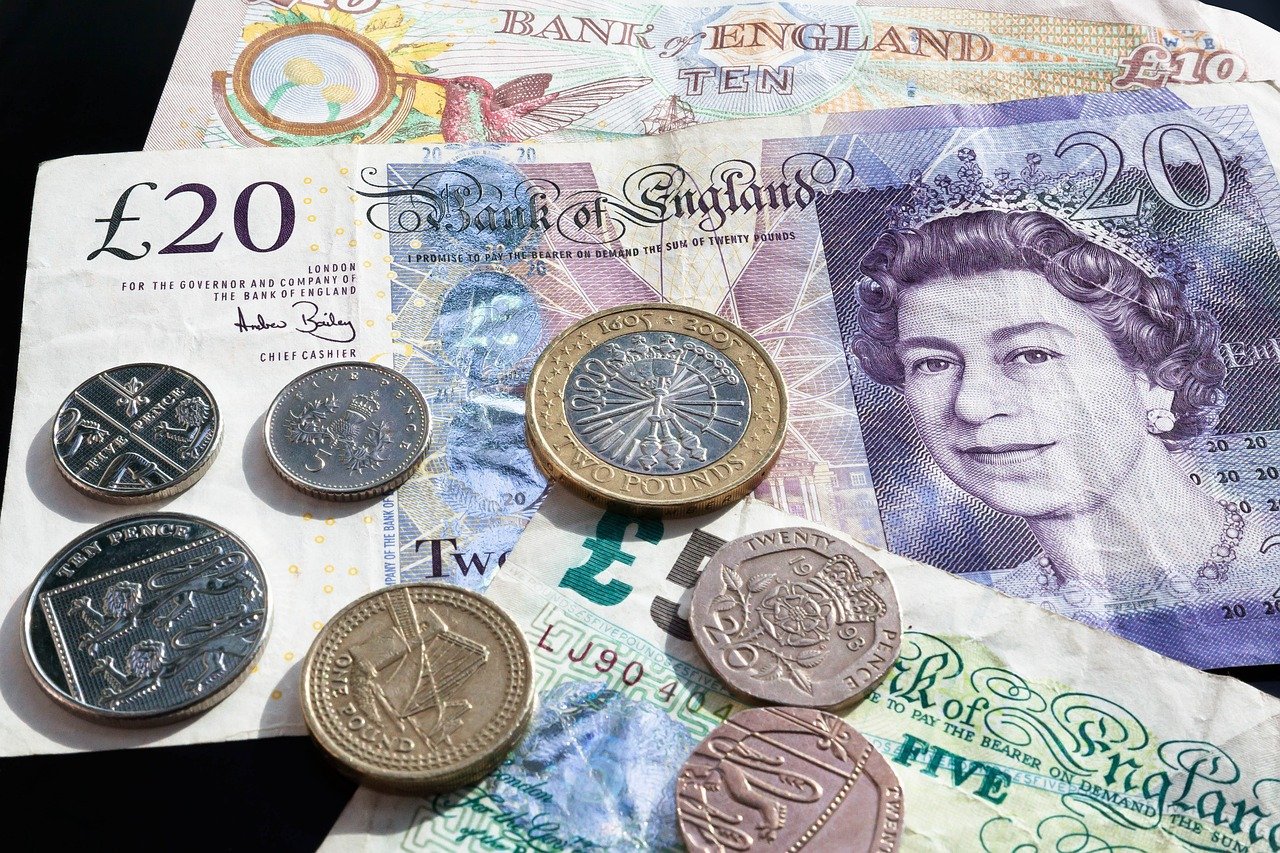Australian Dollar (AUD) declined below the 0.6500 level on Tuesday after retreating from a six-month peak, while the US Dollar (USD) recovered losses in recent days as Treasury yields declined for the third day running. Improved Chinese industrial profit growth and weakening US-EU trade tensions are giving conflicting signals for the AUD/USD, but concerns about US fiscal deficits and debt levels remain to underpin the Greenback. The recent Australian Reserve Bank rate cut and outlook for additional monetary accommodation may cap AUD’s gains, but technical indicators are favoring optimistic caution for a possible rebound if major resistance levels can be broken. Traders continue to be alert to future US economic news and geopolitical events that affect trade relations, which will tend to have the greatest influence on currency movements in the near future.
KEY LOOKOUTS
• Look for future releases such as Durable Goods Orders, the Dallas Fed Manufacturing Index, and Consumer Confidence, which may affect the strength of the USD.
• Additional Reserve Bank of Australia interest rate cuts may cap AUD advances and burden the currency’s medium-term prospects.
• Evolving trade relations—especially the US-China truce and postponed EU tariff deadlines—could impact global risk sentiment and support the AUD.
• Monitor resistance at 0.6537 and support at the nine-day EMA (0.6456). A breakout above resistance could target 0.6687, while a drop below support may trigger deeper declines.

Traders should closely monitor several key factors influencing the AUD/USD pair in the near term. Future US economic releases, such as Durable Goods Orders and Consumer Confidence data, may influence the recovery path of the US Dollar. In the meantime, chances for additional Reserve Bank of Australia interest rate cuts may cap the Australian Dollar’s upside potential. Developments in global trade—i.e., the US-China ceasefire and postponed US-EU tariff announcement—may influence risk perception and indirectly help prop up the AUD given the robust trade linkages between Australia and China. Moreover, technical levels are still important, and the pair should break above 0.6537 in order to continue its bullish trend, while a fall below the nine-day EMA at 0.6456 could open further declines.
Traders need to monitor major US economic indicators and additional Reserve Bank of Australia rate decisions that can influence AUD/USD action. Global trade tensions and China’s economic performance continue to be key drivers given Australia’s high trade dependencies. Technically, breaking above 0.6537 would confirm additional advances, with support around 0.6456.
• The Australian dollar fell from a six-month high of 0.6537, below the psychological 0.6500 barrier.
• The USD recovered as Treasury yields fell for the third consecutive day, giving support to the Greenback.
• April reported a 3% YoY increase in China’s industrial profits, which indicated economic strength and aided AUD sentiment.
• The Reserve Bank of Australia just cut rates by 25 bps and signaled additional easing if the economic outlook deteriorates.
• President Trump pushed out the EU tariff deadline, which improved risk sentiment and provided indirect support for the AUD.
• Increasing deficit forecasts and Moody’s credit rating reduction are exerting long-term pressure on the USD.
• Resistance is at 0.6537 and the support is at the 9-day EMA (0.6456); a break either way may dictate the next direction.
The Australian Dollar continues to be under pressure due to the overall global economic changes and continued policy updates. In spite of a recent lift from China’s better industrial profits—up 3% year-on-year in April—the AUD has failed to continue being positive. China’s economic performance is of great influence over the Australian Dollar because of their strong trade relationship, especially in commodity and manufacturing industries. Also, relaxing US-European Union trade tensions, such as President Trump postponing new tariffs, have favored general market sentiment, indirectly helping risk-sensitive currencies such as the AUD.
AUD/USD DAILY PRICE CHART

CHART SOURCE: TradingView
In the meantime, US economy concerns continue to capture market attention. The US Dollar has provided signs of strength in the face of increasing fiscal concerns, such as a projected $3.8 billion deficit increase from proposed legislation and Moody’s reduction of the US credit rating. Indications from Federal Reserve officials indicate doubt regarding future policy actions, especially with regard to increasing tariffs and fiscal uncertainty. As markets absorb these updates, traders are also monitoring Australia-China relations and any geopolitical changes that may influence trade dynamics in the future.
TECHNICAL ANALYSIS
AUD/USD pair holds a mildly bullish inclination as it trades close to the 0.6500 mark, buoyed by its stand above the nine-day Exponential Moving Average (EMA). The Relative Strength Index (RSI) is still above the neutral 50 level, showing continued buying interest. A persistent break above the latest high of 0.6537 would strengthen the momentum to the upside and leave the way open for a test of higher levels of resistance. On the other hand, if the pair drops below the nine-day EMA at 0.6456, it may indicate diminishing bullish strength and leave the pair vulnerable to more aggressive correction. Traders should watch these levels for near-term guidance.

FORECAST
The Australian Dollar may regain its strength against the US Dollar if there is further improvement in global risk appetite, particularly with declining trade tensions between the US and EU and China’s steady industrial growth. Favorable developments in China’s economy, especially those in high-tech and equipment industries, may further push the AUD higher owing to Australia’s robust trade relationships. Also, if US economic statistics fail to meet expectations or Federal Reserve officials start to signal rate cuts in the coming weeks, the Greenback may weaken, creating space for the AUD/USD pair to advance. Another bout of buying above 0.6537 might test further gains towards the 0.6600–0.6687 levels in the near term.
On the downside, the Australian Dollar remains vulnerable to further losses if the Reserve Bank of Australia proceeds with additional rate cuts or if Australia-China relations worsen, especially amid rising diplomatic tensions like the Darwin Port lease issue. Persistent concerns over the US fiscal deficit and high bond yields may continue to offer support to the USD. A heavy fall through the 0.6456 support level would trigger further selling pressure and may drive the AUD/USD pair down to the 0.6380 area or below, particularly if risk appetite turns sour or commodity prices decline.







